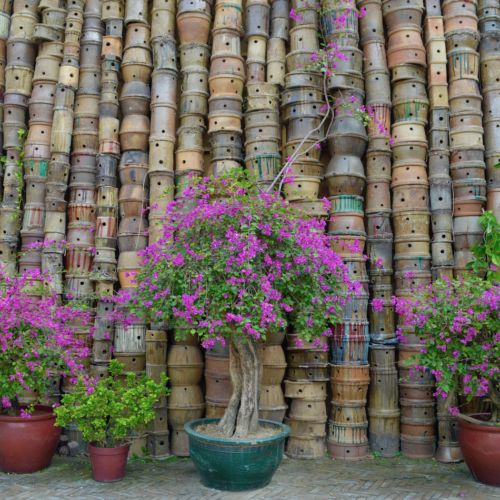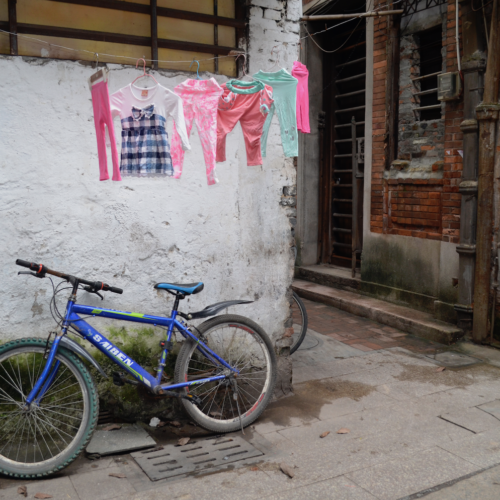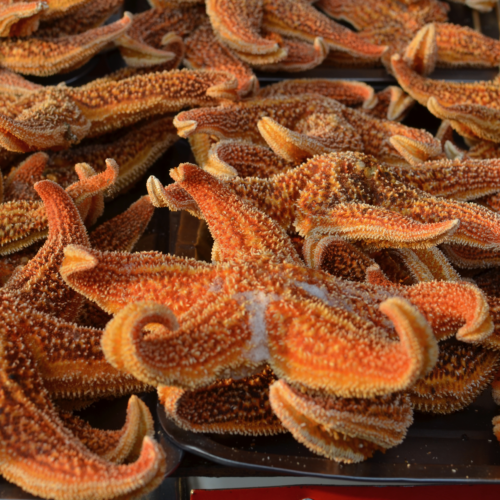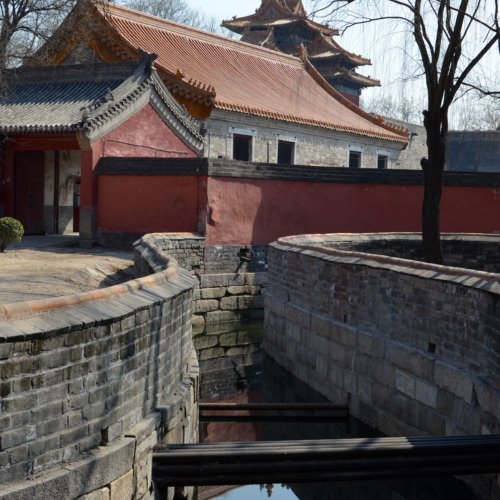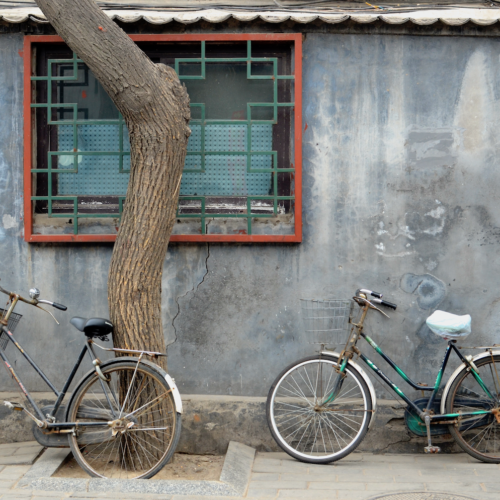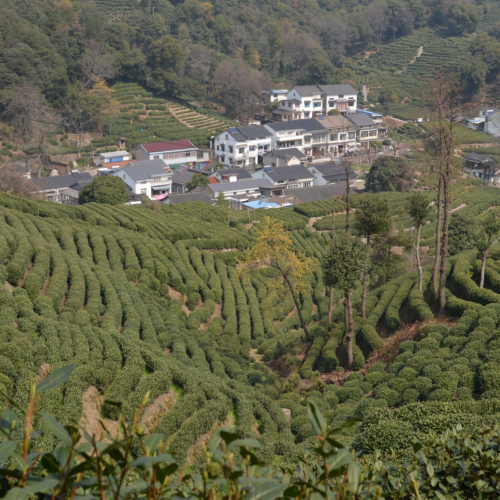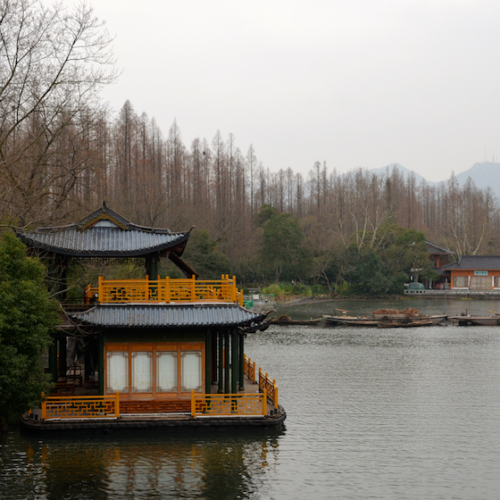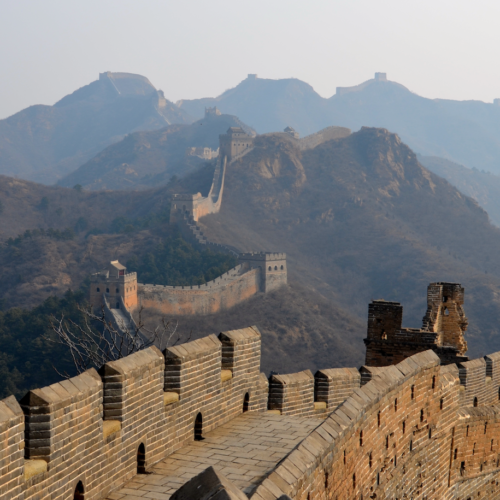Foshan is less than an hour outside Guangzhou, easily accessible by bus or train, and a great place to spend a long layover in Guangzhou. I visited the Ancestral Temple, Nanfeng Kiln, and the qaint neighborhood surrounding the Kiln. Note — I have a ten-year multi-entry visa for China; I recommend checking temporary visa requirements.
Asia
Guangzhou, China
Guangzhou is a major business and industrial hub located in southern China, north of Hong Kong and Macao. It’s also the hub for China Southern, which I fly often. During my first seven-hour layover, I visited Shangxiajiu Street, a shopping area easily accessible by train from the airport. Foshan is another good option for a
View More
Asia
Donghuamen Market, Beijing, China
The Donghuamen Night Market, a night market outside the Forbidden City in Beijing, used to offer a variety of Chinese delicacies. Apparently the market closed in 2016 due to hygiene and noise complaints.
View More
Asia
Forbidden City, Beijing, China
The Forbidden City is a palace in central Beijing, and was home to several dynasties from 1420 to 1912. It now houses the Palace Museum.
View More
Asia
Beijing, China
I was fortunate to stay in a Hutong in Beijing — a neighborhood made up of small narrow streets and alleys. If you’re looking to stay somewhere that feels more local, I highly recommend staying in a Hutong.
View More
Asia
Longjing Tea Plantation, Hangzhou, China
Longjing Tea Plantation is easily accessible from Hangzhou. You can have lunch in the village, then hike through the tea plantation, all the way to an adjacent village.
View More
Asia
Hangzhou, China
Hangzhou is a few hour train ride south of Beijing, and around two hours west of Shanghai. It sits on a picturesque lake and is an easy jumping off point to several tea plantations.
View More
Asia
Great Wall of China
You can hike several different areas of the Great Wall. Do a quick search online to see how far each area is from Beijing, how busy it will be, and how much it’s been restored. We chose to hike from Jinshanling to Simatai, across both restored and unrestored sections of the Wall.
